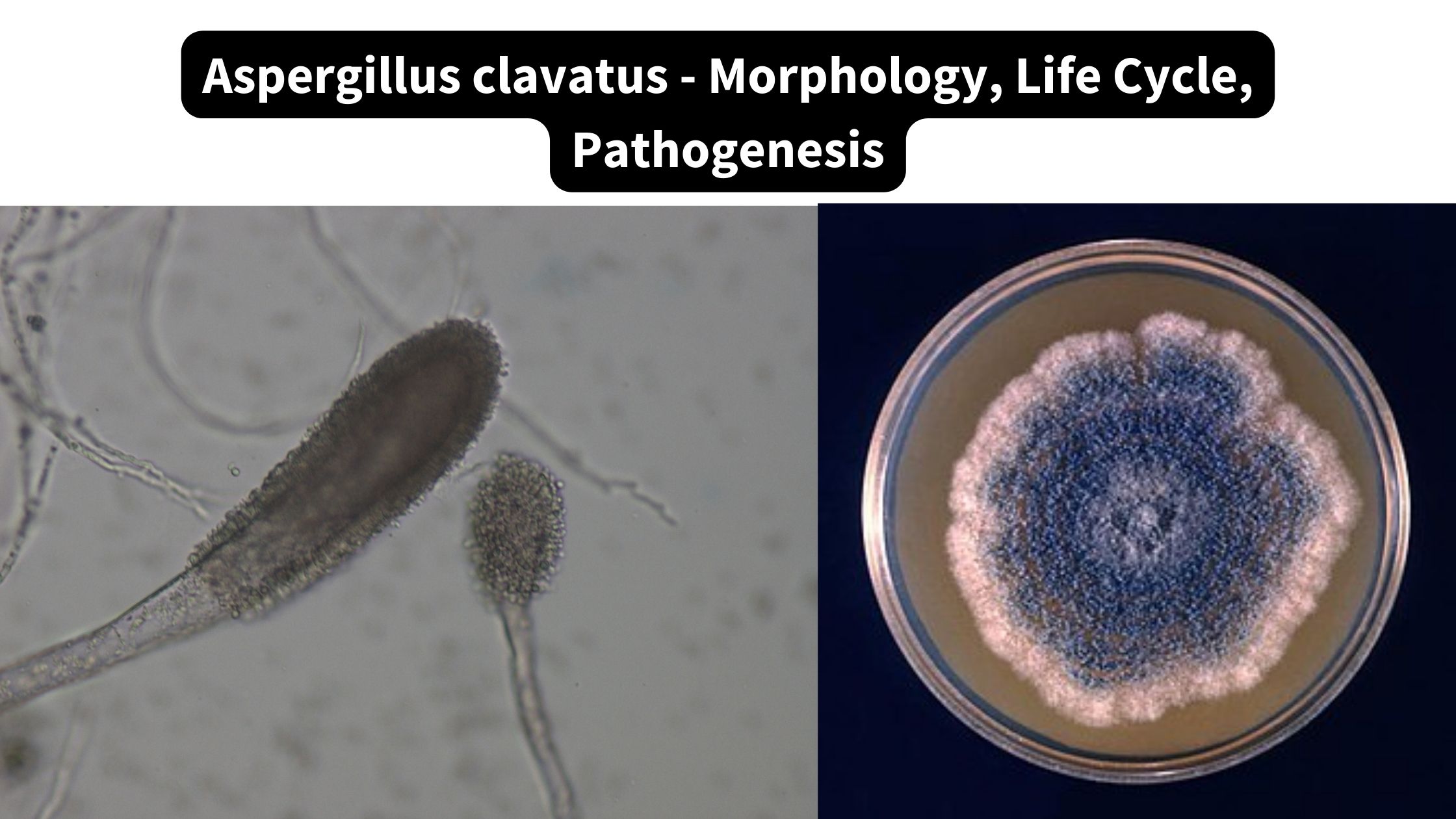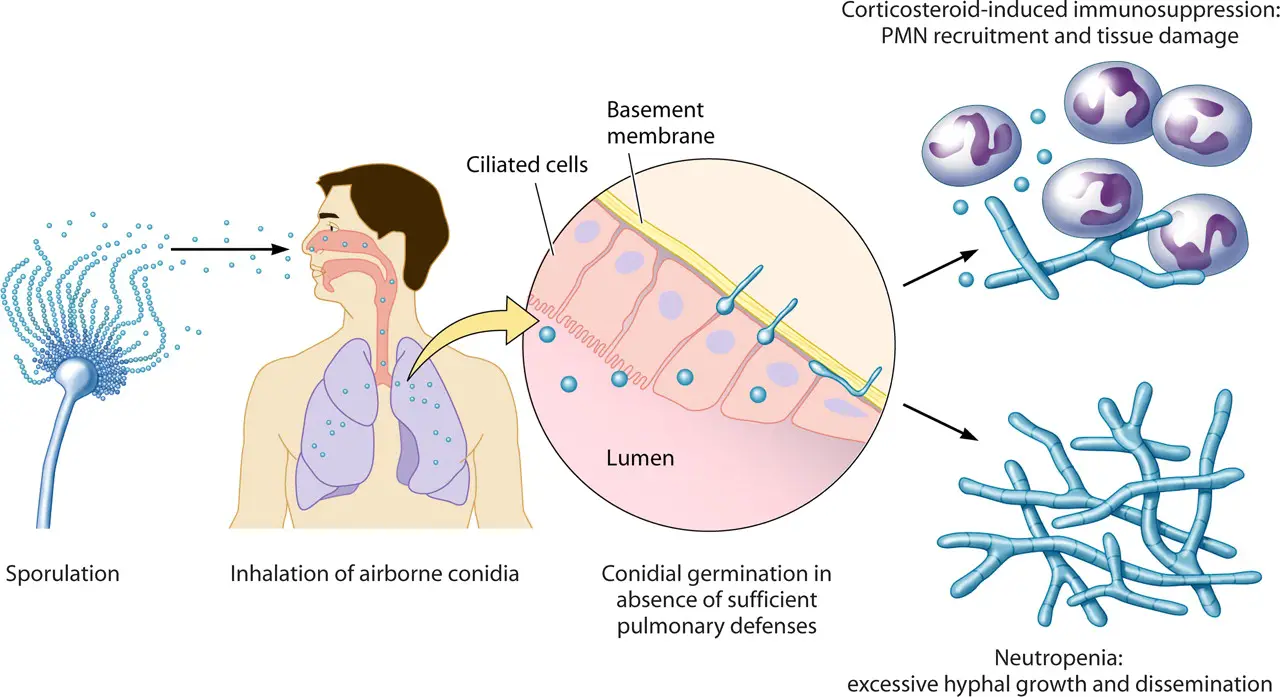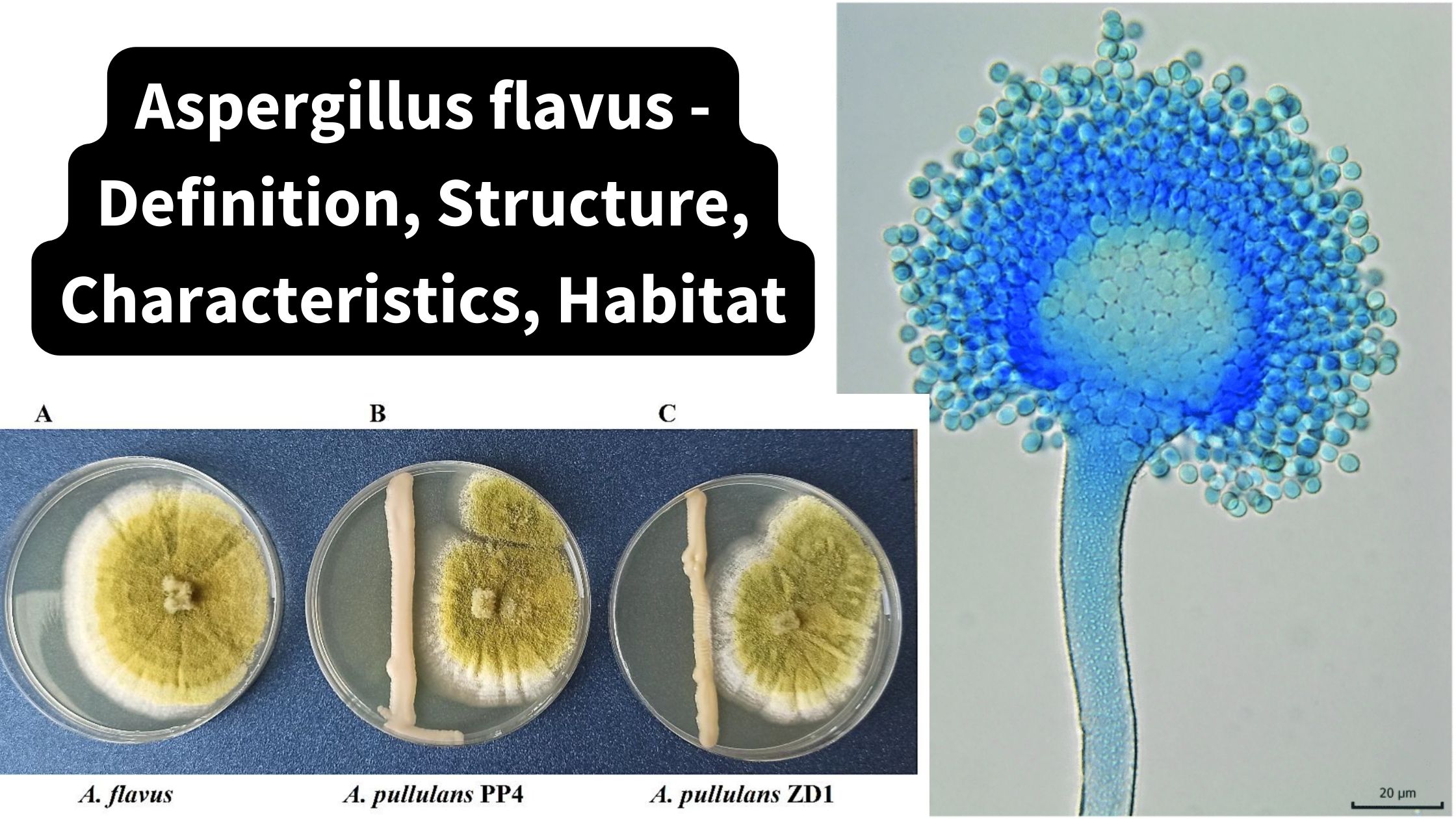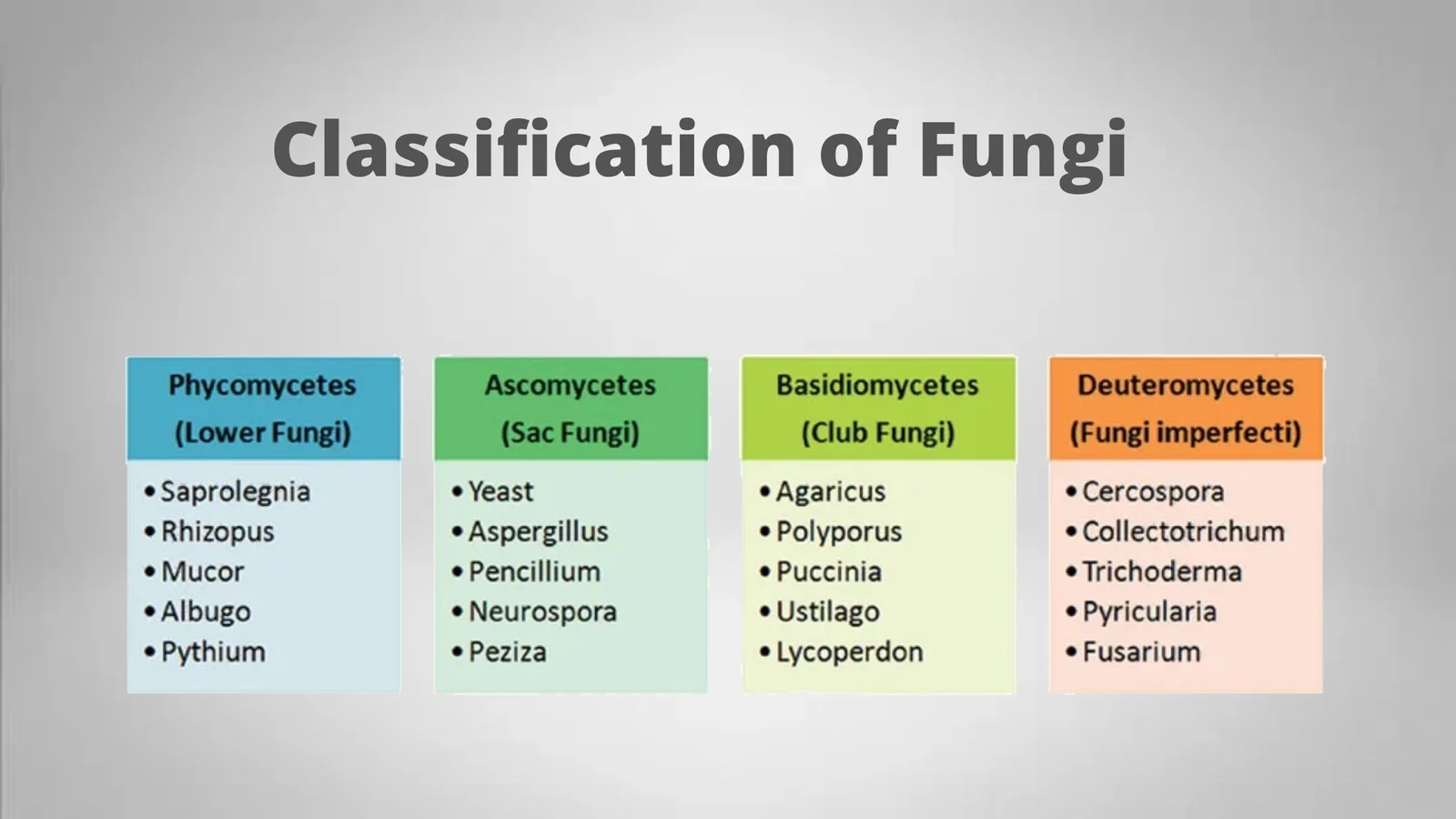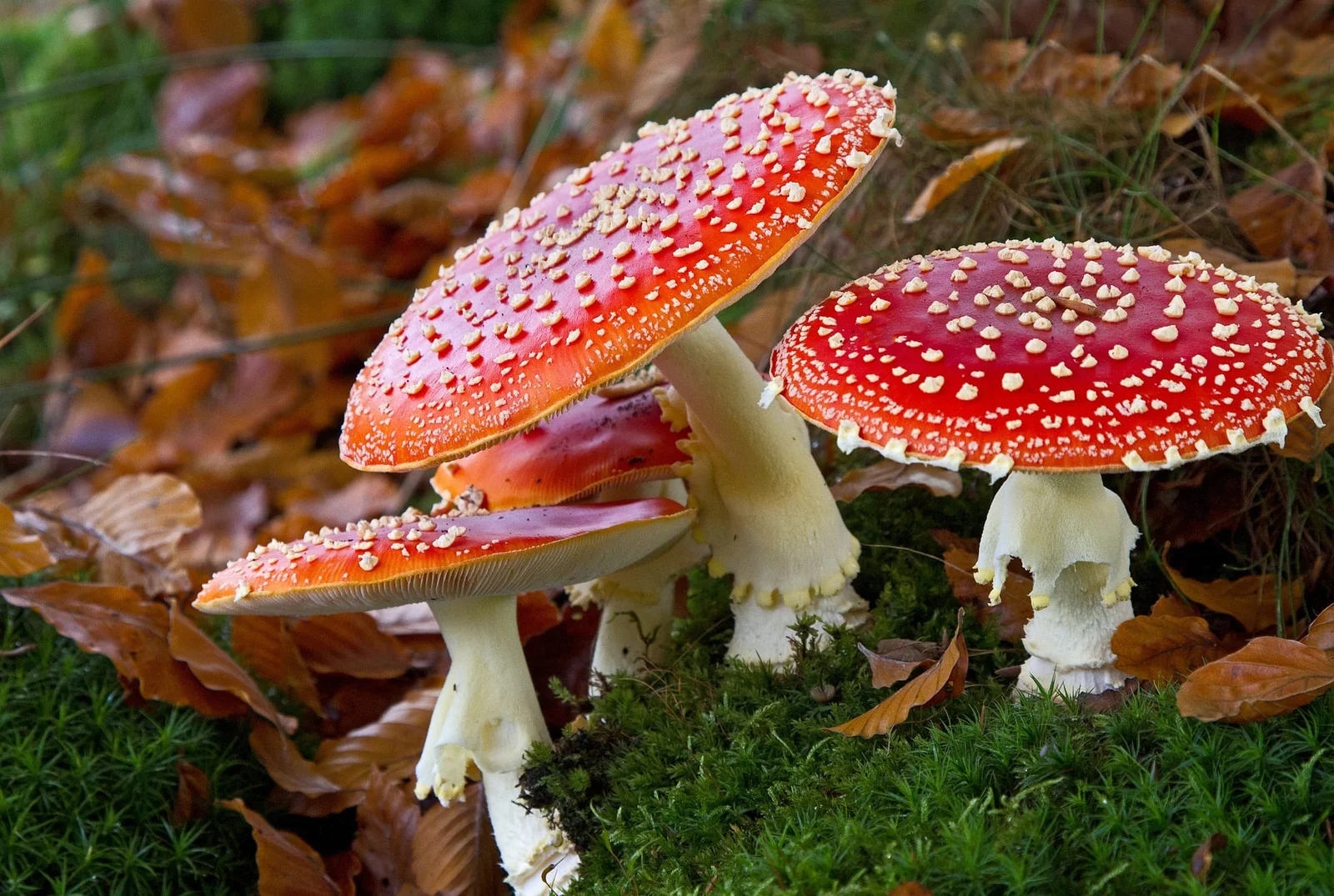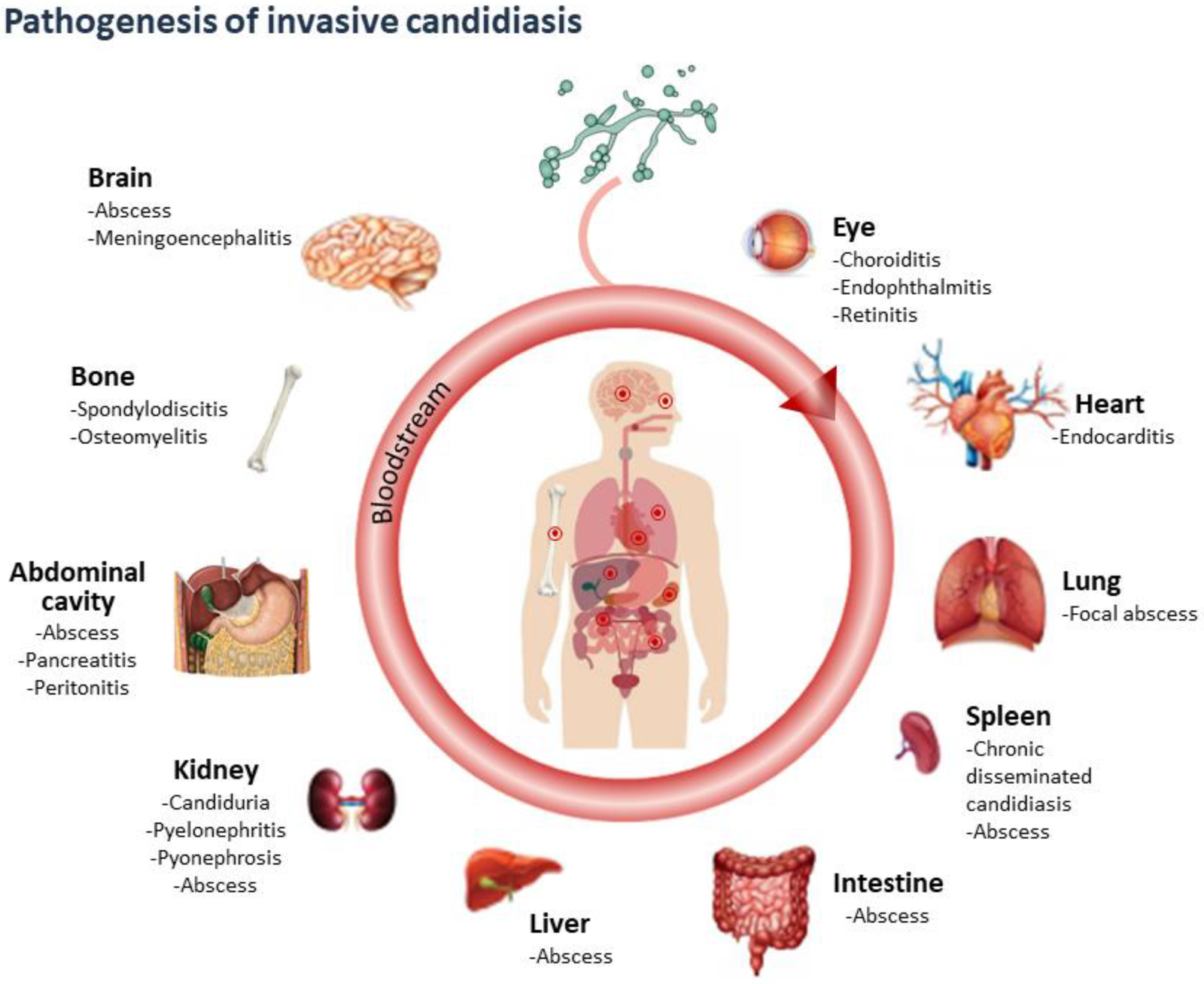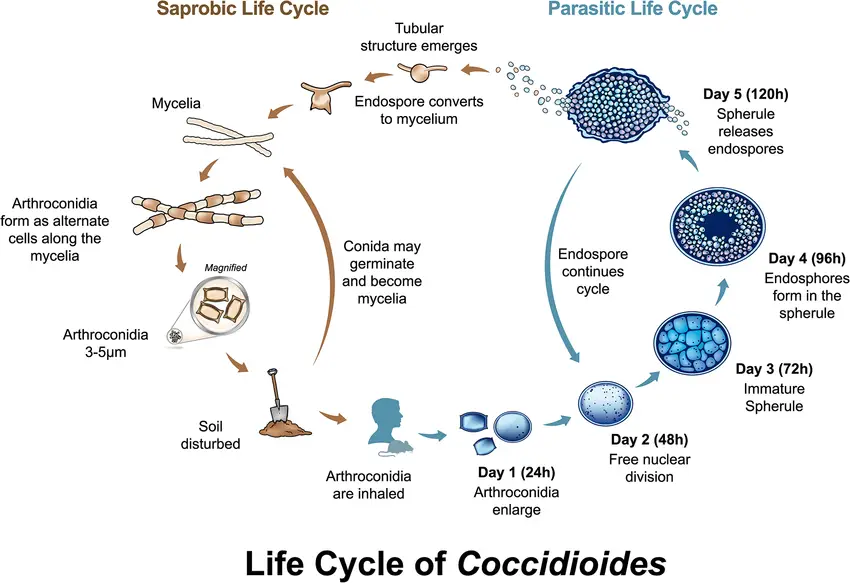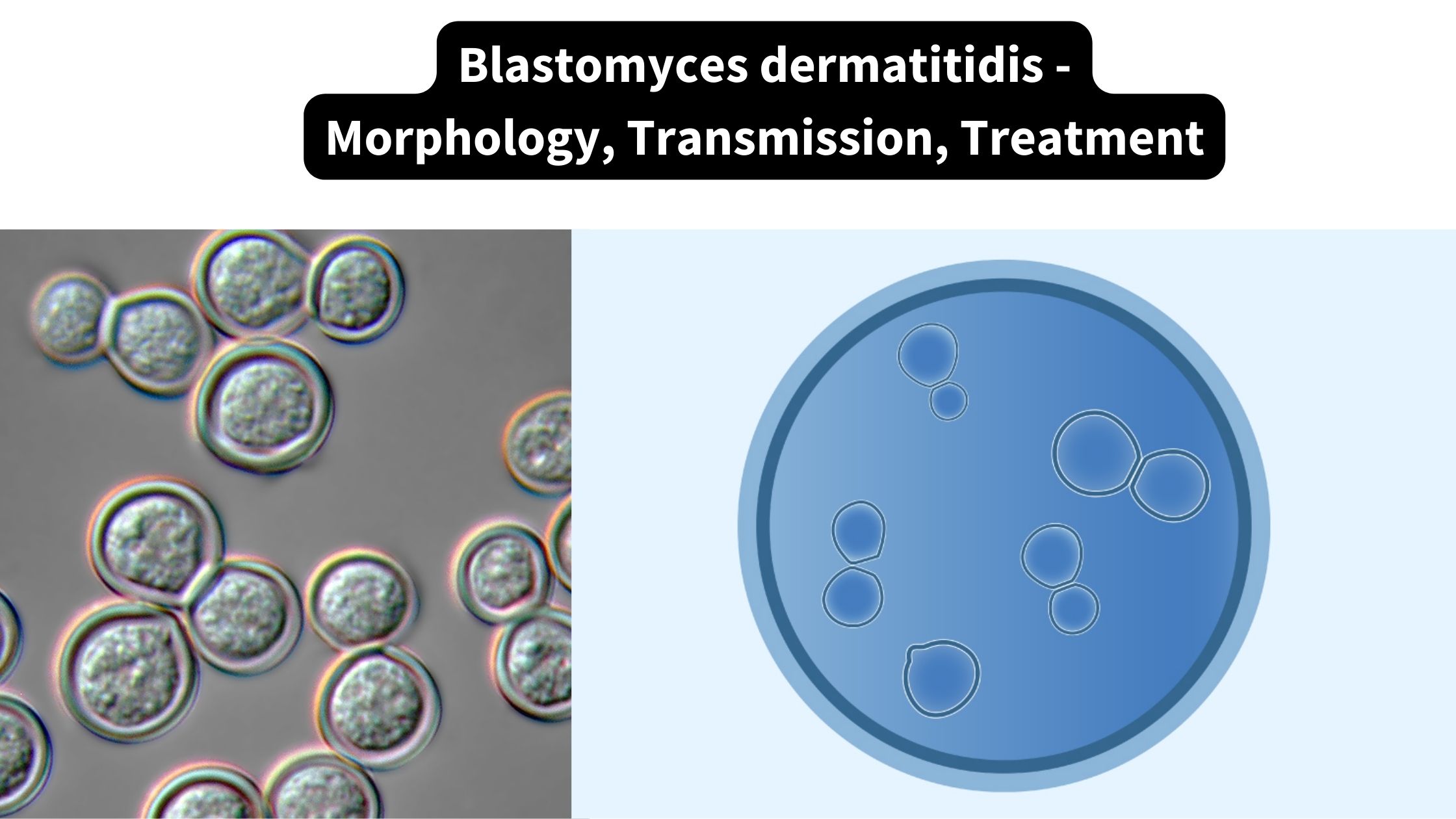Aspergillus clavatus – Morphology, Life Cycle, Pathogenesis
Habitat of Aspergillus clavatus Morphology of Aspergillus clavatus Cultural Characteristics of Aspergillus clavatus Culture media used for the growth of Aspergillus clavatus Life Cycle of Aspergillus clavatus Pathogenesis of Aspergillus clavatus Diseases caused by Aspergillus clavatus Treatment of Aspergillus clavatus diseases Prevention and control of Aspergillus clavatus FAQ
